Game Boy
Top 10 Best Nintendo Game Boy Games of All Time!
The Game Boy was the brainchild of Gunpei Yokoi and heir apparent to Nintendo’s Game & Watch series. Upon its reveal in 1988, many industry insiders blasted the Game Boy for its small, blurry screen and weak processing power. Nintendo was heavily criticized in the following years for their refusal to embrace a more powerful (and colorful) handheld system. Nintendo’s steadfast support of the “little handheld that could” kept the Game Boy on top of the market for the better part of a decade, and disruptive games like Tetris and Pokémon allowed them to hold off on the release of a color Game Boy until 1998. Over 1,000 titles were released for the Game Boy, and the system sold in excess of 64 million even before the Game Boy Color hit the market. In the end, the success of the Game Boy proved that Nintendo’s critics and competitors were out of touch with what consumers wanted. Evidently, people didn’t care about cutting edge technology in a portable system if it had adverse affects on battery life, portability, and affordability.
10
Metroid II: Return of Samus
1991
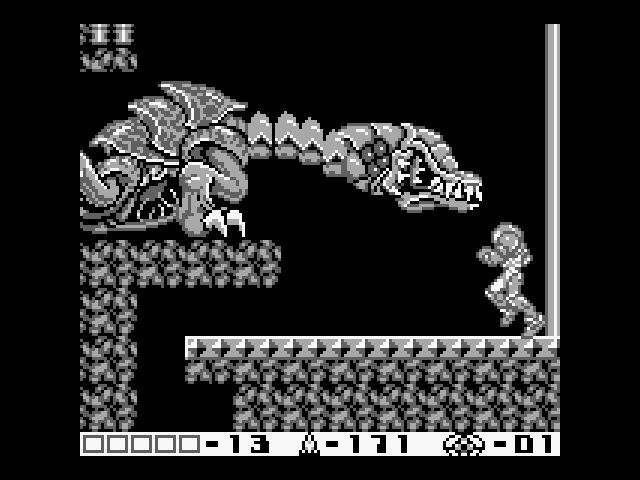
Metroid II uses the same open-ended exploration-based formula that made the first Metroid so successful. It was decidedly more ambitious than typical Game Boy games from the era and marked a new high point for portable gaming in general. The game even improved upon its iconic predecessor in several areas. The ability to duck or shoot at angles, for example, made the game feel a lot more refined. The game also introduced several new items to the series – including the useful “Spider Ball” power-up which allowed players to move up walls and across ceilings. Metroid II is somewhat hampered by a lack of color and a small viewing area, but the atmosphere of the series has always been more about the sense of exploration and adventure you get from playing it rather than the visuals themselves. By delving into Metroid II, players will discover a huge world with tons of hidden items and a plethora of secret passageways. You’d have to look pretty hard to find another early-generation Game Boy game that was as rewarding as Metroid II.
9
Survival Kids
1999
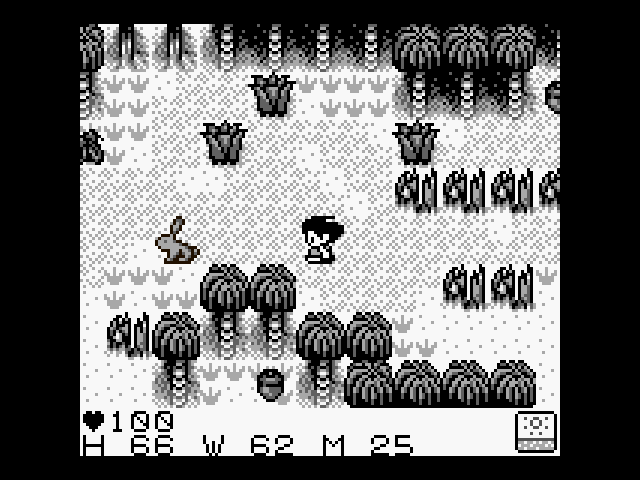
The premise of Survival Kids revolves around a young child’s efforts to survive on a dessert island after his boat is capsized in a storm. While most RPGs give players the task of rescuing princesses or saving the world, the goal in Survival Kids is simply to survive. From day to day, players will have to spend time hunting, gathering food, and finding shelter. In addition to the traditional health indicators, players also have to keep track of their hunger, thirst, and fatigue meters. A large number of items can be collected throughout the game, and resourceful players will be able to transform seemingly-useless objects into a variety of practical tools or weapons. For instance, vines and flexible trees can be combined in order to form a bow. Arrows, fishing rods, axes, and hammers can also be made. Certain items will degrade over time and eventually break, so players always have to be on the lookout for more materials. On a similar note, certain food items will go bad after prolonged periods of time, but players can help preserve them by cooking them with appropriate spices. Survival Kids has a very open-ended design structure and there are no specific goals outside of obtaining the basic necessities for survival. Players have tremendous freedom with regards to how they progress through the game, and the game features multiple endings to correspond with the choices that they make. Ultimately, Survival Kids is a highly original and extremely addictive adventure game.
8
Super Mario Land 2: 6 Golden Coins
1992
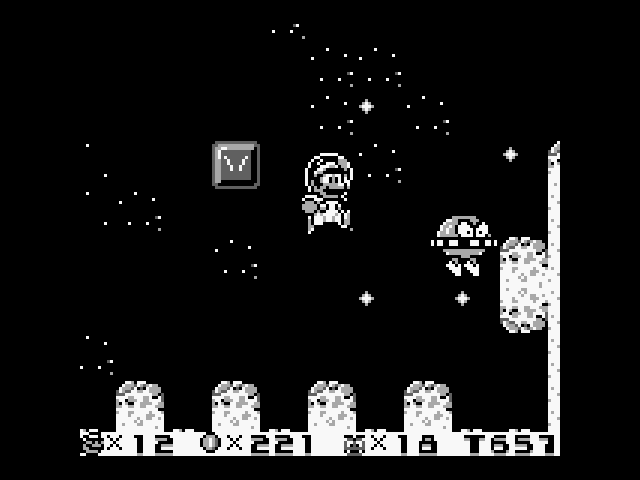
Super Mario Land wasn’t a bad game by any stretch of the imagination, but to suggest that it didn’t have the same appeal as earlier Mario games would be something of an understatement. The sky pop levels were fun and the music was incredible, but the game simply didn’t have the same “magic” that the series was known for. Super Mario Land 2, on the other hand, was phenomenal. At 512 KB, it was the largest Game Boy game at the time of its release. From a visual standpoint, it actually had more in common with Super Mario World than it did with earlier NES installments. The game was considerably longer than the first Mario Land too, and featured 32 diverse stages with interesting themes. One of the most memorable areas was set in outer space and allowed Mario to run around in a low gravity setting! Super Mario Land 2 had familiar items like super mushrooms and fire flowers, but also featured a new power-up carrot that caused Mario to sprout bunny ears. This power-up gave Mario improved jumping abilities and allowed him to slow his decent by fluttering his ears in the air. I’d be remiss not to mention that Mario’s fat replica, Wario, made his very first appearance in the game and acted as the final boss. Wario’s rivalry with Mario continues to this very day, and it all started with Super Mario Land 2.
7
Kirby’s Dream Land 2
1995
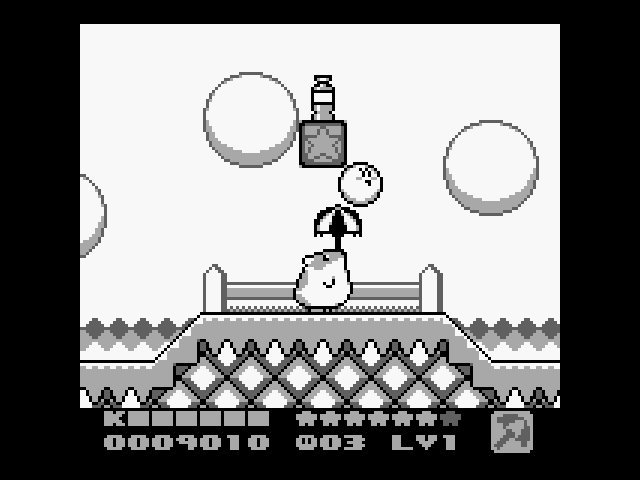
The first Kirby’s Dream Land featured charming characters, a whimsical setting, catchy music, and responsive controls. Kirby himself was a great character, and his ability to inhale enemies and inflate himself up like a balloon gave him a lot of personality. Unfortunately the game was extremely linear and a little on the easy side. Kirby’s Adventure on the NES added a much-needed element of depth to the series by letting Kirby steal powers from his enemies. Kirby’s Dream Land 2 retained the power-stealing gimmick and also introduced three new animal sidekicks to aid Kirby in battle. (The owl can carry Kirby and fly through strong winds, the fish can swim through powerful currents, and the hamster runs faster than Kirby and gets better traction on certain surfaces.) These animal sidekicks can also be used in conjunction with Kirby’s various abilities to create a variety of combination attacks. For instance; if Kirby uses his “stone” maneuver while riding on his hamster buddy, the hamster will be transformed into a giant boulder that Kirby can roll around on. Kirby’s Dream Land 2 was a huge improvement over the first game, and it’s still one of the most well-rounded games in the series.
6
Mole Mania
1996
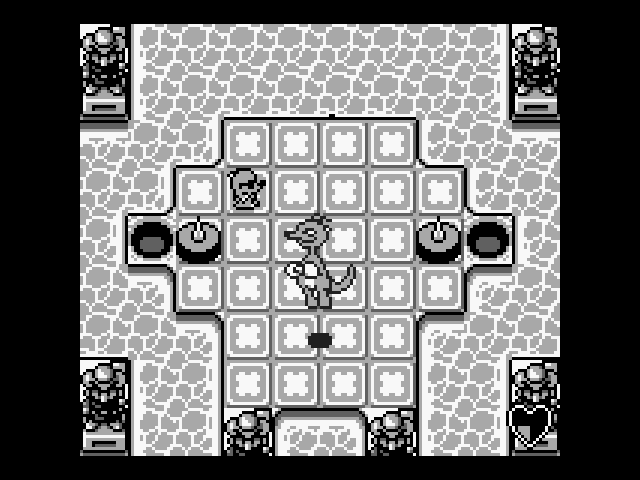
I’ll never fully understand why Mole Mania wasn’t more successful. After all, the game was published by Nintendo, produced by Shigeru Miyamoto, and released on a successful platform. More importantly, the game was really, really good. The game revolves around a mole named Muddy who is on a mission to rescue his family from a fiendish farmer. The fundamental gameplay mechanics are almost as simple as the story is. If a comparison is needed, Mole Mania could be likened to something like Sokoban or The Adventures of Lolo. It’s a little more complex, however, and the difficulty ramps up very quickly. The game is played from an overhead perspective and each stage is comprised of above-ground and underground sections. When walls or obstacles block their path, players will have to dig under them. However, recklessly digging holes in the wrong places can impede Muddy’s progress. Muddy will also have to utilize a variety of objects along the way. Barrels will be used to fill in holes, elbow pipes will be used to move items around, and cabbage will be used as a weapon against your enemies. Rest assured, the level designs are quite clever, and a lot of strategy and forward-thinking will be required to proceed. The Game Boy was made for games like Mole Mania, and it’s just unfortunate that the title didn’t see more mainstream success.
5
Wario Land II
1998
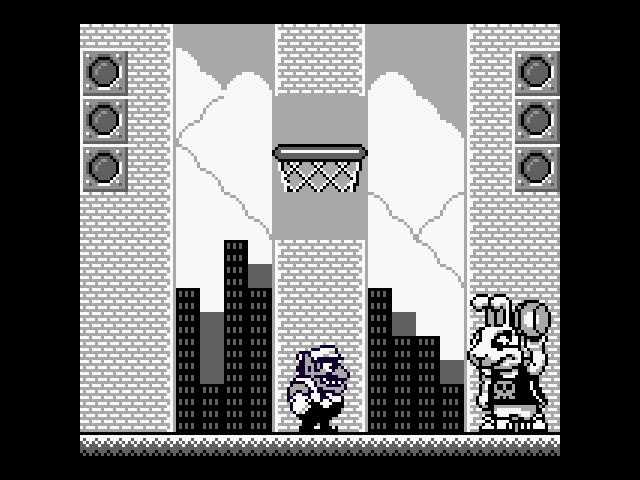
The first Wario Land was a great game in its own right and the Virtual Boy follow-up was even better, but it was Wario Land II that gave the series its identity. The game effectively turned the platforming genre upside down with its inventive play mechanics and compelling level designs. The most interesting aspect about the game was the fact that Wario was completely indestructible and could not be killed. He was still affected by his enemies and environments, however. If a large rock happened to fall on Wario, he would flatten out. This, in turn, would allow him to fit into smaller passageways. Wario could be lit on fire, shrunken down, become intoxicated, or be turned into a zombie in the game. All told, Wario had nearly a dozen different reactions to his enemies’ attacks, and he was forced to take advantage of his altered physical states in order to progress through the stages. These various inflictions led to some of the most creative level designs ever seen in a platformer. One boss battle involves a basketball game of sorts where the goal is to squash your opponent before shooting them into the net like a ball. Any game that is based around the concept of an invincible hero runs the risk of being too easy, but Wario Land II keeps surprising players with branching pathways, unlockable mini-games, and multiple endings.
4
Tetris DX
1998
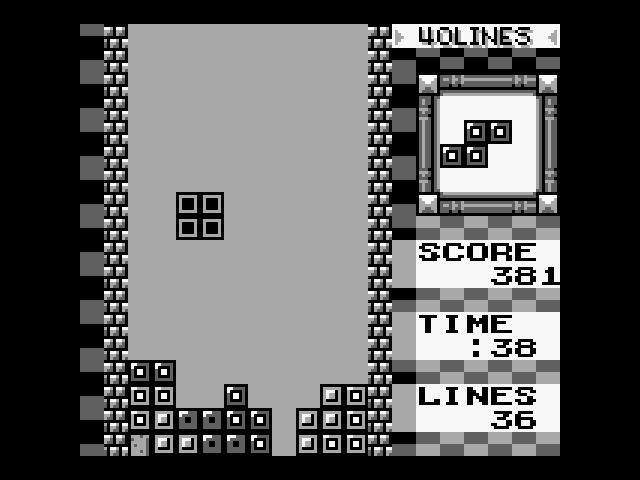
The original Game Boy version of Tetris launched with the system and was even included as a pack-in game in most markets. The simple premise of manipulating falling puzzle pieces started a revolution in the gaming world. Tetris was easy enough for anyone to understand, the replay value was virtually limitless, and it was the type of game that could either be played for a few minutes or several hours at a time. The game didn’t require fancy “color graphics” either, so it was effective in showcasing the Game Boy’s strengths without shining a light on any of the system’s weaknesses. With over 35 million copies in circulation, the original Tetris for the Game Boy is arguably the most successful version of the game. Having said that, Tetris DX completely blows it out of the water. The splash of color was a nice touch, the battery backup was greatly appreciated, and the ability to play against a computer opponent (that actually adapted to the player’s skill level) was a real treat. However, the main reason why Tetris DX is so much better than the original is due to its gameplay. The controls are much more responsive in Tetris DX, and the original version feels rigid and laggy in comparison. Tetris is a lot of fun in basically any form, but Tetris DX was an especially excellent version of the game. The original version had better music, but Tetris DX surpassed it in every other area.
3
Donkey Kong
1994
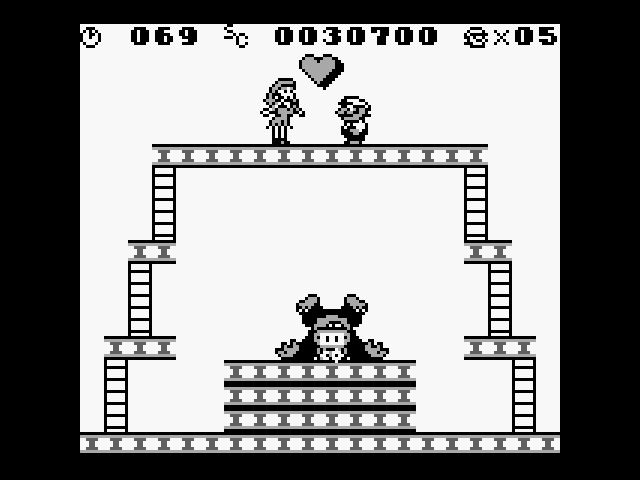
Donkey Kong was an iconic arcade game that helped define the platformer genre, introduced the world to Mario, and propelled Nintendo to the forefront of the industry. After the Super Mario Bros. series became Nintendo’s bread and butter, Donkey Kong became a relic of the past. Thankfully, Nintendo hadn’t forgotten where they came from and released a brilliant enhanced remake of Donkey Kong for the Game Boy. The remake contains all four of the levels from the 1981 arcade original and follows up with nearly 100 brand new ones! Remarkably, the stages never become repetitive and are bursting with creativity. Nintendo essentially rebuilt the game from the ground up. The graphics and music underwent significant improvements, and the mechanics were completely refined. The controls are altogether more responsive this time around, and Mario’s repertoire of moves was greatly expanded. Mario never looked more athletic, and he could now perform headstands, handsprings, and cartwheel backflips. Like in the original arcade game, Mario still has to be mindful of elevators, moving treadmills, and falling barrels; but now he also has to position ladders, build temporary bridges, and launch himself into the air by spinning around on tight ropes. Donkey Kong Jr. even makes a guest appearance in some levels and attempts to help his father out. This game is arguably the best remake of all time, and it took a relatively simple platform game and turned it into one of the most brilliant puzzle games ever created. Gamers could add a splash of color by playing it on the Super Game Boy, but the game was incredible regardless of whether it was played on a television or on a tiny black-and-white screen. Rare’s Donkey Kong Country was released the same year and was given a much brighter spotlight, but some connoisseurs prefer the old school gameplay showcased in the Game Boy version of Donkey Kong.
2
Pokémon Gold and Silver
1999
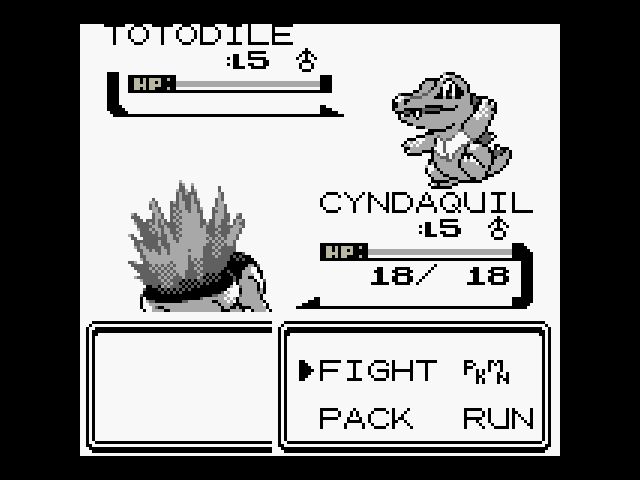
The original Red and Blue versions of Pokémon were deceptively simple RPGs that challenged players to catch as many of the game’s 150 Pokémon (or “pocket monsters”) as possible. These Pokémon are typically caught by beating them within an inch of their lives after encountering them in the wild. Once caught, the Pokémon could be “trained” by battling other Pokémon. There are a lot of variables to consider, and the Pokémon could evolve and learn new abilities by gaining experience in battle. A lot of strategy was required in order to catch all of the Pokémon, as some were extremely rare. Moreover, some Pokémon could only be found in specific versions of the game. This meant that players had to battle or trade with others who had different versions if they wanted to “catch ’em all.” The simple concept of trading and battling with other players took off like wild fire and helped turn one of the most anti-social genres into a pop-culture phenomenon. The Gold and Silver versions built upon the foundation by adding 100 new Pokémon to the mix. Some of these Pokémon could only be attained with the new breeding feature, and the new real-time clock meant that some Pokémon could only be caught at certain times during the day. So-called “hardcore” gamers were quick to write the games off as childish or juvenile, but Pokémon Gold and Silver rank among the deepest and most replayable RPGs of their era.
1
The Legend of Zelda: Link’s Awakening
1993
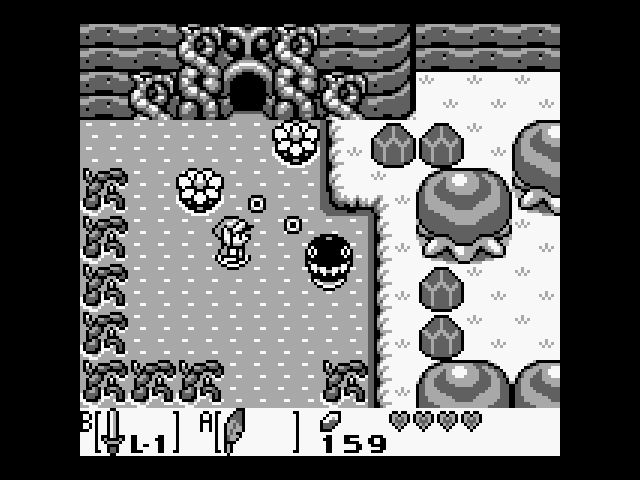
Link’s Awakening was one of the most ambitious handheld games of its day and stands as one of the most memorable games of all time. It’s apparent that developers of Link’s Awakening were mindful of the fact that they were designing a game for a portable system. As a result, the game is loaded with puzzles that are tricky without being overly complex and dungeons that are challenging without being overly long. If you don’t have time to tackle an entire dungeon, the game will always have something else for you to do. Whether you’re finding a can of dog food for a hungry alligator, bringing a broom to an old woman, or scouring the island for hidden seashells, Link’s Awakening shows how simple fetch quests can add tremendous value to a game. You can also try your luck at a crane game, spend some time at the fishing pond, or take a ride down the river on a raft. The game finds new uses for old items and introduces several new ones into the series. One item even gives Link the ability to jump (a first for a top-down Zelda game). Link’s Awakening is also the first Zelda game that allows for more than one special item to be equipped at any given time. This allows for unique weapon combinations and more varied puzzles. Perhaps the greatest aspect about Link’s Awakening is its compelling characters. You’ll meet a wise owl, a beautiful mermaid, a sleepy walrus, a lost ghost, a flying rooster, a reclusive elder who will only speak via telephone calls, and an angelic maiden who just loves to sing. The game is full of fan service too, so you’ll get to fight goombas and piranha plants, meet a portly man with a moustache who goes out to look for mushrooms, and see characters like Kirby and Wart from other dream-themed Nintendo games. Simply put, Link’s Awakening is loaded with personality. While it’s not the largest or most epic Zelda game of all time, it’s the perfect portable game and possibly the most entertaining game in the series.

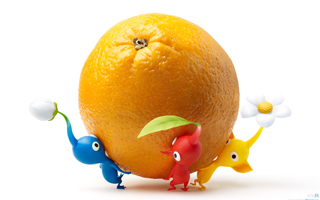
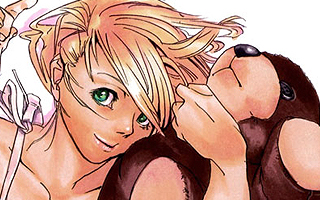
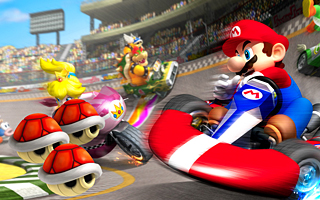
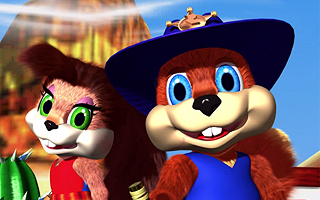
Do you agree with this list? Let us know what you think by leaving a comment below. Your opinion matters!